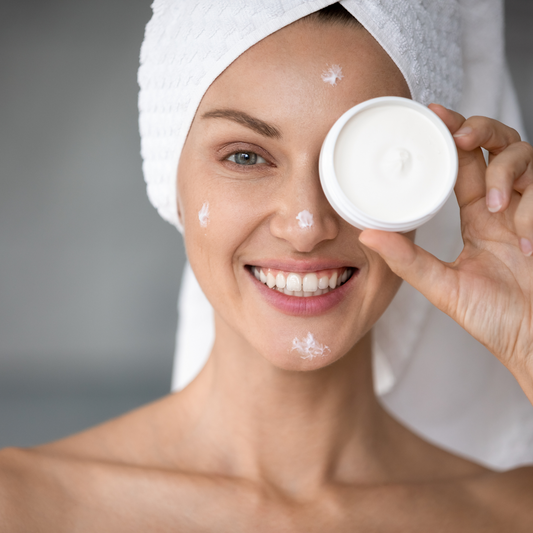
Hyperpigmentation, a common and often harmless condition, is characterized by patches of skin becoming darker in color than the surrounding skin. This darkening occurs due to an excess production of melanin, the brown pigment that produces normal skin color. Let's delve into the intricacies of hyperpigmentation, understanding its causes, types, and the available treatment options.
What Causes Hyperpigmentation?
Hyperpigmentation can result from several factors, including:
- Sun Exposure: Prolonged exposure to the sun's ultraviolet rays can increase melanin production, leading to hyperpigmentation.
- Inflammation: Post-inflammatory hyperpigmentation occurs following skin injury or inflammation, common in acne, eczema, or lupus.
- Hormonal Changes: Melasma is hyperpigmentation often triggered by hormonal changes, such as those during pregnancy or from birth control pills.
- Medication Side Effects: Certain drugs, like chemotherapy drugs, can cause hyperpigmentation as a side effect.
- Medical Conditions: Some conditions, like Addison's disease, can increase melanin production.
Types of Hyperpigmentation
The most common types of hyperpigmentation include:
- Age Spots (Liver Spots): Small, darkened patches, usually occurring in sun-exposed areas.
- Melasma: Larger areas of darkened skin, often a result of hormonal changes.
- Post-Inflammatory Hyperpigmentation: Dark spots that occur after an inflammatory skin condition.
Diagnosis and Treatment
Diagnosis typically involves a physical examination and a review of one's medical history. In some cases, a skin biopsy may be required.
Treatment options vary depending on the type and severity of hyperpigmentation:
- Topical Prescription Medication: Creams containing hydroquinone, corticosteroids, or tretinoin can lighten dark patches.
- Cosmetic Procedures: Chemical peels, laser therapy, or microdermabrasion can be effective but require professional supervision.
- Over-the-Counter Products: Products containing kojic acid, glycolic acid, or other brightening ingredients can help.
Prevention and Management
Preventive measures are crucial in managing hyperpigmentation:
- Sun Protection: Using sunscreen with at least SPF 30, wearing hats, and seeking shade can minimize sun-induced hyperpigmentation.
- Gentle Skin Care: Avoiding harsh chemicals and scrubbing can prevent worsening of hyperpigmentation.
- Healthy Lifestyle: A balanced diet and avoiding smoking can improve overall skin health.
Hyperpigmentation, while usually a harmless condition, can sometimes be a sign of another medical condition. It's important to consult with a healthcare professional or dermatologist for proper diagnosis and treatment. With appropriate care, most forms of hyperpigmentation can be treated, and their appearance significantly reduced, boosting one's confidence and skin health.
We've seen fantastic results from our customers who use the Selene Cream for hyperpigmentation. Before opting for prescription medication that may lead to bad side effects, try Selene Cream and see the difference for yourself!





